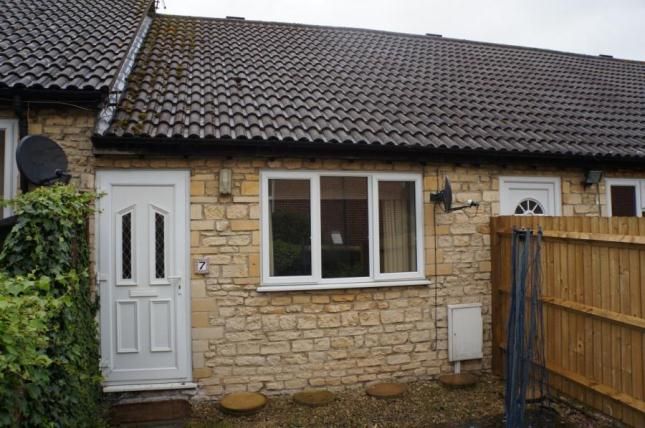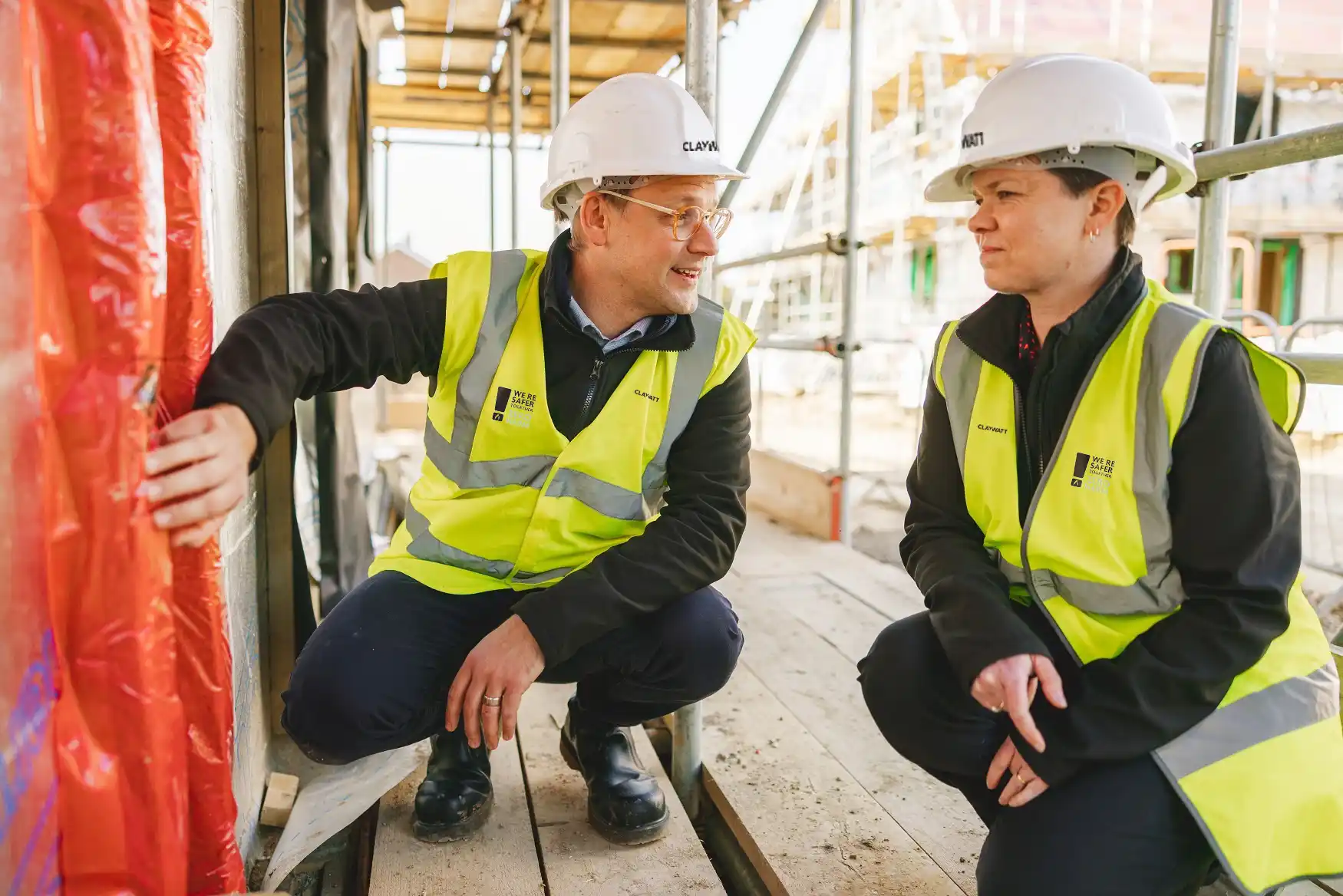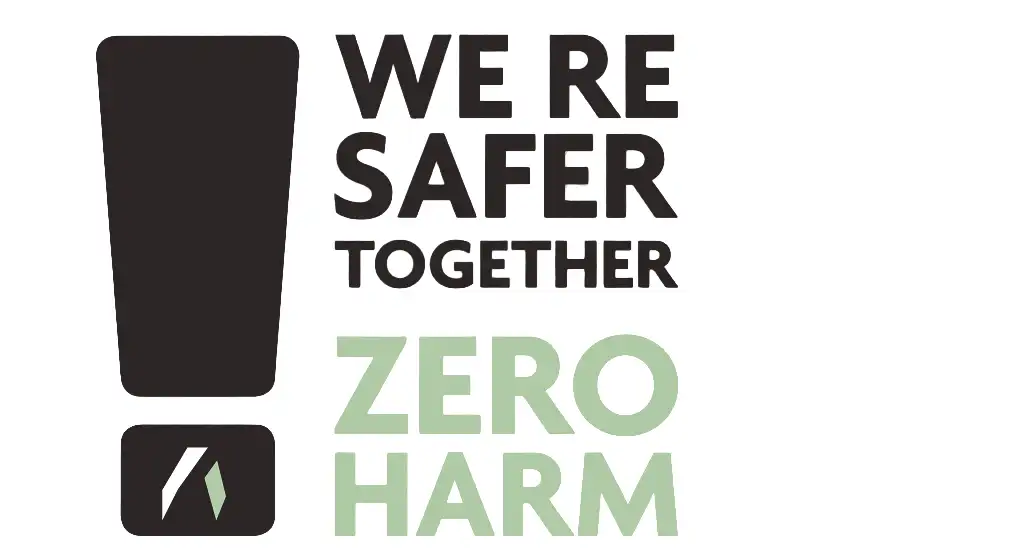Project at a glance
Service
Housing & Property Maintenance
Sector
Residential
Location
London
Status
Complete
Client
London Borough Of Enfield
Retrofit Work For London
Borough Of Enfield

Reducing carbon and addressing fuel poverty
Our delivery of the London Borough of Enfield’s first retrofit programme applied a fabric-first approach to install energy efficiency measures across 50 properties, part-funded by the Green Homes Grant Local Authority Delivery Scheme (LAD) Phase 1b.
As the first social housing retrofit project in Enfield, it was a collaborative journey, providing opportunities to learn and develop best practice across multiple areas, including PAS 2035 compliance, resident engagement, and supply chain management.
Aligned with the Government’s target for all UK social housing to achieve an Energy Performance Certificate (EPC) rating of C, the council’s strategy went further — aiming to help tenants reduce energy bills while cutting carbon emissions from its social housing stock, contributing to Enfield’s wider zero carbon goals.
A whole house approach
Taking a whole-house approach, Enfield’s LAD 1B project began with PAS 2035-compliant retrofit assessments to evaluate each property’s suitability for energy efficiency measures and identify the best solutions to improve performance. Measures adopted included:
• External Wall Insulation (EWI)
• Loft insulation
• Environmental fans
Before installation, planning approval was required for all properties in the programme. This process was managed by the project architects, Randall Shaw, and overseen by us.
To align the project with asset maintenance, we also provided the council with capital investment options while scaffolding was in place. This included structural assessments to ensure each property could accommodate the planned measures. As a result, one property required a structural lintel replacement, while others had slipped roofing tiles repaired.

Robust supply chain strategy
Our experience in social housing retrofit has shown that challenges can only be overcome through a collaborative approach. Early engagement with Enfield Council was vital to the project’s success, but equally important were strong relationships with supply chain partners. Market volatility and high demand for green technologies had to be balanced against the time-bound pressures of funding compliance, presenting one of the biggest challenges on the LAD 1B project.
Lead-in periods for energy efficiency materials were closely monitored, and high-demand products were ordered in advance to prevent delays. When wet or cold weather threatened progress, the team coordinated with system suppliers to secure quicker-drying renders, keeping the project on schedule.
We are committed to leveraging a local supply chain network, and while social housing retrofit requires highly specialised, PAS 2035-compliant suppliers, the team maintained its focus on buying locally where possible. For the Enfield LAD 1B project, this included EWI supplied by Buildtherm and Licata.
Ensuring respectful resident engagement
As with all occupied refurbishment projects, clear communication with residents is key to success. For this project, our team included a full-time Resident Liaison Officer (RLO), whose role was to address misconceptions about energy efficiency measures and ensure residents were fully informed about the works, what they involved, and the benefits they would deliver. This regular engagement means residents now understand how the technology works, helping to ensure that the measures continue to have a positive impact on efficiency long after project completion.
Where resident liaison proved challenging, we implemented a non-access strategy. After three unsuccessful attempts to engage residents, the issue was flagged to the council, and a reserve property list was established to maximise the available funding.
Overcoming challenges
A key factor in the success of this project was our ability to solve problems quickly and respond to unforeseen challenges, such as pressures on the supply chain. We developed a risk register, providing clear ownership of key risks and ensuring that appropriate management strategies were implemented. This included regular review meetings with system suppliers and retrofit coordinators to discuss design or supply issues, enabling the team to forward plan material orders and prevent delays.
Working within PAS 2035 compliance is still relatively new for the industry, so early adaptation and understanding of the requirements were crucial for the Enfield LAD 1B project. The appointment of PAS 2035 consultant partners and PAS 2030-accredited contractors, all fully engaged in risk review meetings, was critical to maintaining compliance and quality.
During the works, it became apparent that EWI installation was not fully possible where gas meters were present. To address this, we sourced an innovative Aerogel product that could be used alongside the EWI system while still achieving the required insulation performance.
Lessons learned
Social housing retrofit is a journey for all, and with policy, funding, and compliance evolving rapidly, there are ongoing opportunities to develop best practice and learn lessons.
A key takeaway from the Enfield LAD 1B project has been the importance of involving all project stakeholders as early as possible, including the planning authority, residents, and supply chain partners. We found that the more transparent the process, the more efficiently the project could be delivered. As a result, we are taking forward several best practice initiatives for future retrofit projects, including:
• Resident engagement: providing residents with case studies and before-and-after photographs of energy efficiency measures to support understanding of the technology.
• Scaffolding: installing permanent wall plugs for future scaffolding to protect the EWI’s warranty.
• PAS 2035 compliance: constantly reviewing the evolving PAS 2035 criteria to ensure the project remains fully compliant with funding requirements.


